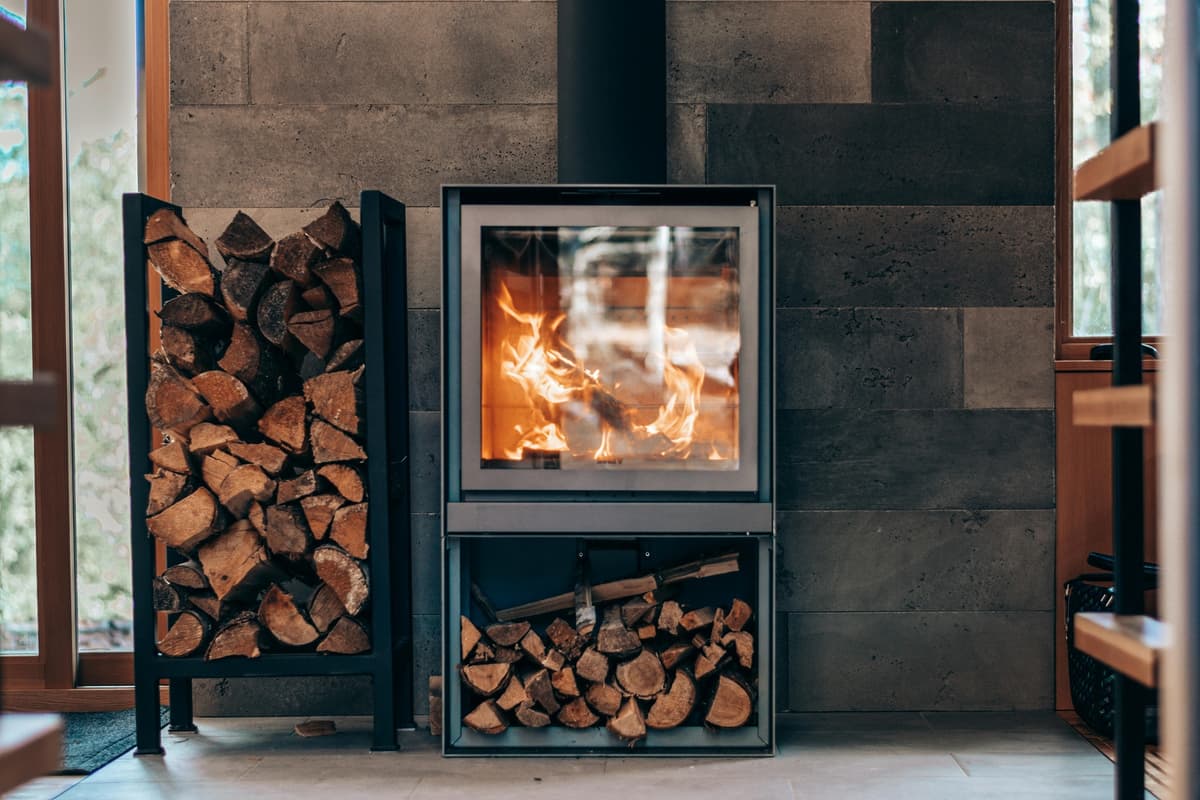Copyright glasgowworld

Experts are warning about the potential health risks of wood-burning stoves.A new study links exposure to pollution from wood-burning stoves to a wide range of health risks.Fine particulate matter (known as PM2.5) can damage your lungs and be harmful to your health. A study has revealed that wood-burning stoves pose potential health risks. Carried out by the University of Surrey, it found that exposure to fine particle matter pollution from wood-burning stoves could lead to a range of health risks, including chronic respiratory conditions, heart disease, and lung cancer. Wood burners are a popular addition in many homes across the UK; however, the research suggests that it is a major source of indoor air pollution. Speaking about the findings of the study, Professor Prashant Kumar said: “With rising energy prices, many households will be turning to solid fuel heating when the colder months hit, often assuming that modern stoves offer a cleaner, safer alternative. “However, our findings show that this shift comes at the cost of indoor air quality, with potentially serious health implications, considering people spend up to 90% of their time indoors. Public health advice, ventilation guidance, and building design standards must adapt to keep pace with these changing heating habits.” Can wood burners cause health problems? The University of Surrey’s Global Centre for Clean Air Research study looked at homes in Guildford, Surrey, that used a range of heating stoves and clean solid fuels, including seasoned wood, kiln-dried wood, wood briquettes, and smokeless coal. It found that open fireplaces caused the highest emissions of an ultrafine particle pollutant known as PM2.5, increasing up to seven times compared to modern stoves. Multifuel eco-design stoves, which used wood briquettes and smokeless coal, were found to increase particle exposure by 1.7 and 1.5 times, whilst improved stoves reduced pollutant emissions overall; in many cases, pollutants exceeded recommended levels by the World Health Organization (WHO). How to reduce the health risk of wood-burning stoves? Log burners or open fires are a major contributor to a pollutant known as PM2.5. These tiny particles can damage your lungs and be harmful to your health. The government has outlined small changes that households can make to help reduce the risk of exposure to pollution. They advise that regular maintenance of your stove will help it perform better, use less fuel, and produce fewer harmful particles. Your stove should be installed by a professional registered on HETAS, APHC, BESCA, Certsure, NAPIT, or OFTEC, always used in line with the manufacturer’s instructions, and serviced yearly. They also recommend that your chimney be swept at least once a year and that households opt for cleaner fuels that produce less smoke and pollution, and are cheaper and more efficient to burn. However, the study found that there were still risks associated with “cleaner stoves and fuels.” Abidemi Kuye, PhD researcher at the GCARE said: “Even in homes using 'cleaner' stoves and fuels, we saw pollutant levels rise well beyond safe limits – especially when ventilation was poor or stoves were used for long periods. “Many people simply don’t realise how much indoor air quality can deteriorate during routine stove use. This research shows the need for greater awareness and simple behavioural changes that can reduce exposure.” There are rules for households on log burners, with potential hefty fines if you fall foul. You can find out more about the rules to follow at Log burner rules for winter 2025/26.



